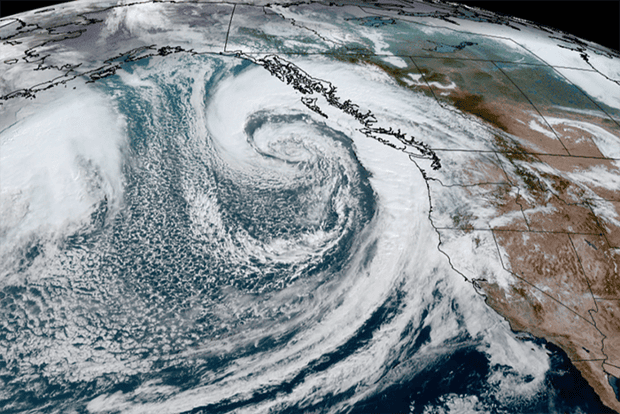River Rapids

VOLUME 76
EPISODE 1
A steep change in the slope of a riverbed can create rapids—regions where the water is especially fast and choppy—and dangerous. The same thing applies to rivers in the sky. Steep changes in altitude, temperature, or pressure can concentrate the water, creating rapids. They can cause downpours that are especially fast and heavy—and dangerous. That appears to be the case for recent springtime flooding in the Middle East.
Atmospheric rivers form when water evaporates from the ocean. As it rises, it’s caught in a jet stream, forming a tight, high-speed river. The average one delivers as much water per minute as the mouth of the Mississippi River.
When an atmospheric river crosses land, it can produce rain and snow. That can be helpful. But it also can be deadly, producing flooding, mudslides, and other dangers.
A recent study blamed deadly flooding in the Middle East in April 2023 on such a river, but one with rapids—waves with much higher concentrations of water. They dumped as much rain as some regions see in an entire year. Similar flooding in 2024 also might have been caused by rapids. The rapids were powered by evaporation from the Atlantic Ocean and the Arabian and Mediterranean seas.
Our warming climate is increasing the rate of evaporation. It’s also changing circulation patterns over the Atlantic. So the deserts of the Middle East could see more flooding in the years ahead—perhaps powered by rivers and rapids high in the sky.